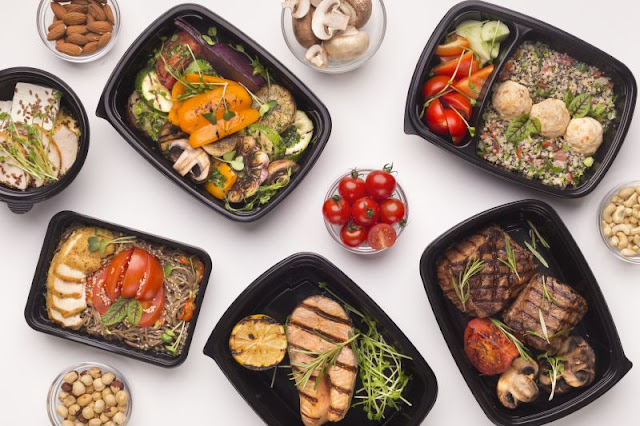How to vacuum pack cooked food: Understanding the disadvantages of vacuum packaging.
The ever-increasing demand for processed food has made food packaging industries value and give more focus to food packaging and preservation. Among many techniques, vacuum packaging has become a commonly used method to preserve processed food, retaining food's taste, color, and nutritional value intact.
Vacuum packaging is a form of modified atmospheric packaging that removes
oxygen from the packaging in which products are enclosed. As oxidation is the
primary source of food degradation, oxygen-free packaging help extends product
life.
In vacuum packaging, the food product is placed in an air-tight pack, the air is removed from the package entirely to create an air-tight vacuum seal, and then the pack is sealed. Vacuum-sealing food preservation is commonly used to preserve any food product, like meat, vegetables, seafood, processed food, or ready-to-eat food.
Disadvantages of vacuum packaging | Fmtmagazine
After getting some good insight on how to vacuum pack cooked food,
Wondering if 'vacuum-sealing food is safe or not?'. Though vacuum sealing has
many benefits to it in food packaging and preservation, it still has some
disadvantages to it:
● Managing external gases: Product preservation using vacuum packaging requires not only the removal of oxygen but also adding gases like nitrogen and carbon dioxide. Importing these gases can be costly and tricky to use. Each product has its requirement of gases in a defined amount to retain the food quality if not the food spoils.
● Expensive tools and vacuum sealing: Vacuum packaging requires a proper setup and tools. Also, as vacuum packs are mostly one-time use, buying vacuum packages can be an add-on expense. Another significant expense that makes vacuum packing costlier is the purchase of vacuum sealers, which are different for different packaging.
● Inability to seal delicate food and liquids: It can be tricky to vacuum seal delicate food products. Spongy and soft food like bread, cakes, or liquid items are not suitable for vacuum packaging, as it involves the complete removal of oxygen through suction which could break down the structure of the food.
● Plastic poisoning: Plastics are silently involved in food poisoning as the plastic in vacuum packaging slowly mixes up with the food and embodies it with toxicity. When plastic-packed food is microwaved or heated in any other form, it releases Bisphenol-A, a hormone linked to many health problems. Plastic packaging has a significant negative impact on the environment as well.
● Food poisoning from
aerobic bacteria: Removal of oxygen using vacuum sealing helps kill bacteria and keep food
safe for consumption. But some bacteria thrive even in low oxygen. Known as
aerobic bacteria, they produce toxins that can spoil food and even lead to food
poisoning.
#bestfoodtechnologycompany #foodnews #BeverageTesting #foodsafetyculture #Foodtesting #foodindustryindia #FoodMarketingTechnology #fmtmagazine

%20-%20Department%20of%20Consumer%20and%20FMCG%20Product%20Company%20%20Fmt%20Magazine.jpg)
Comments
Post a Comment